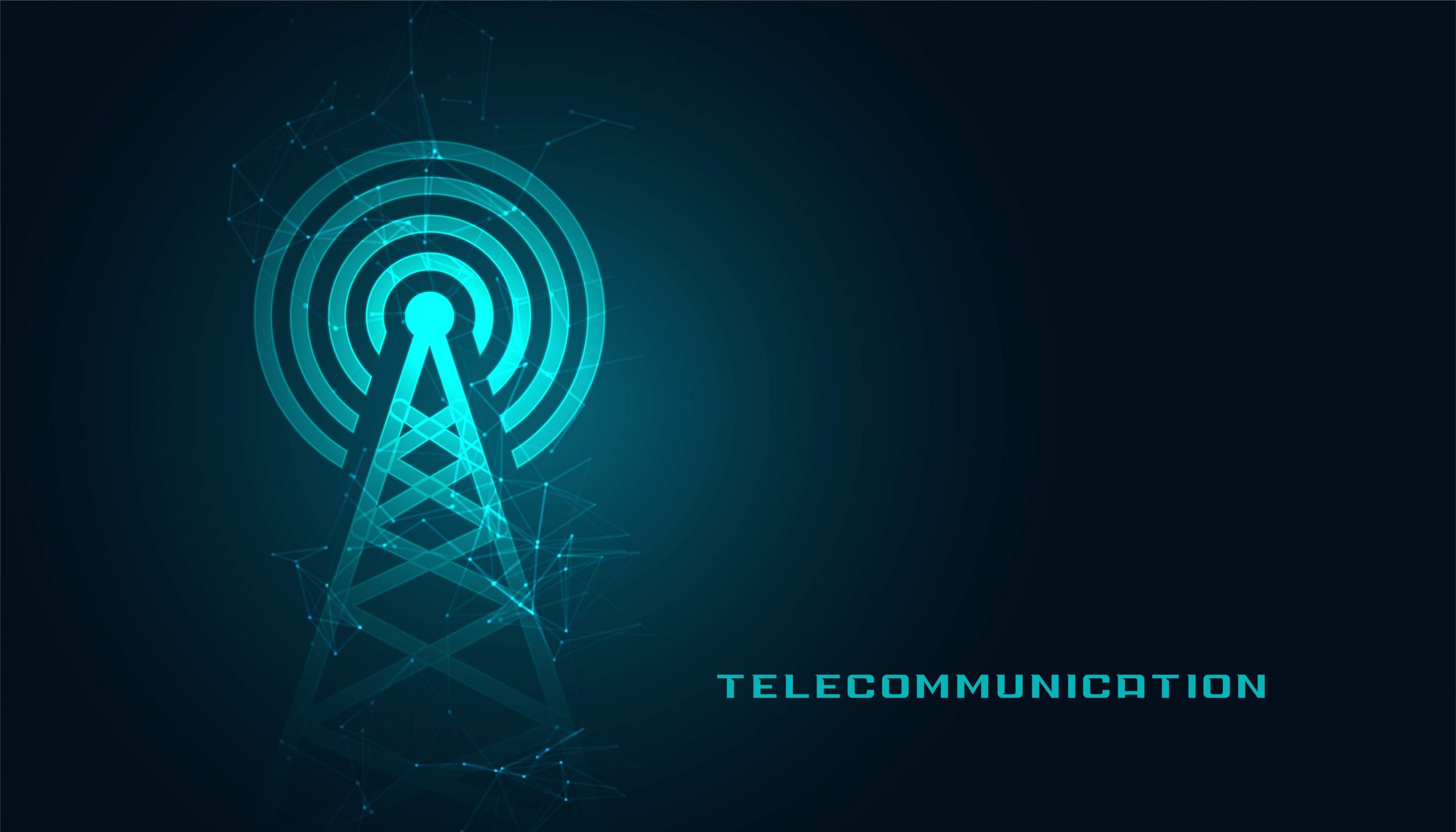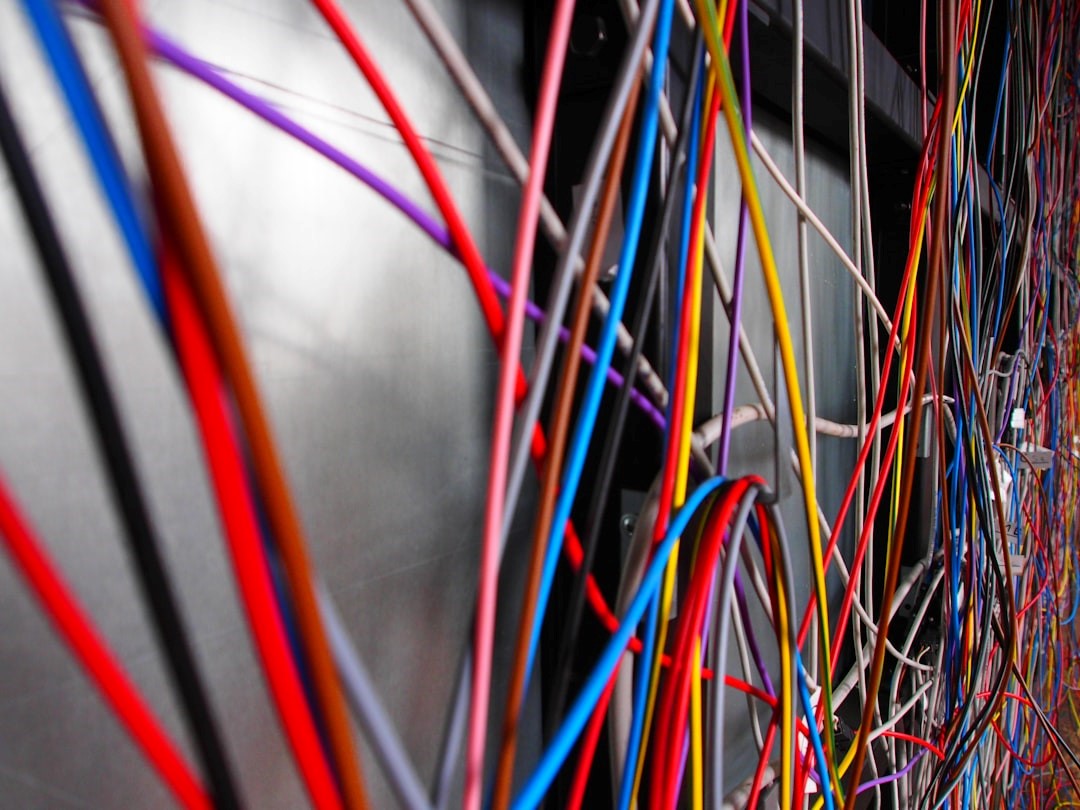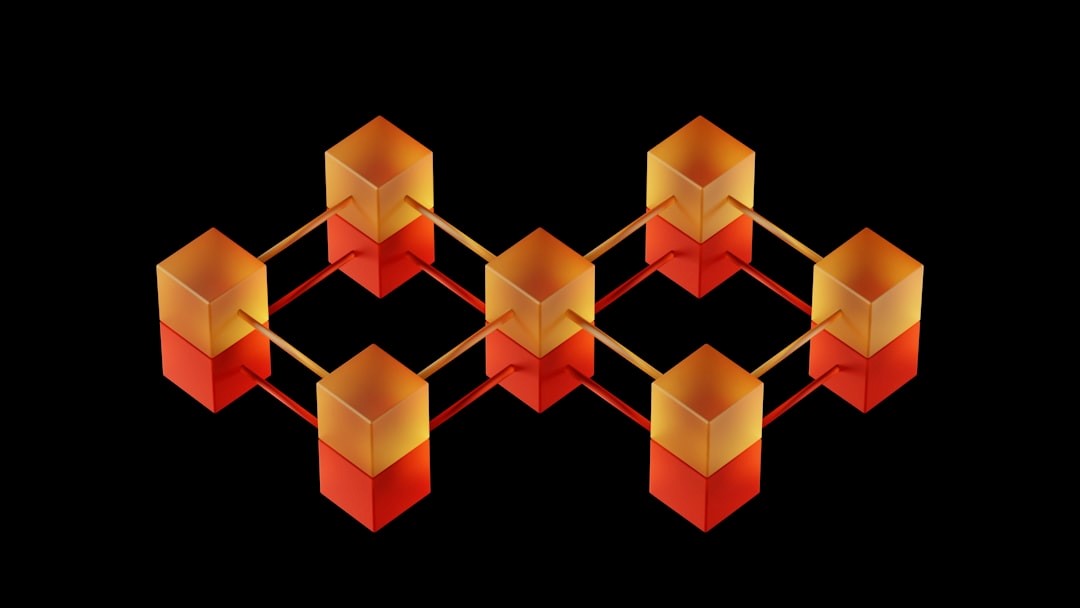Network Architecture in 2025: The Rise of SD-Branch and Key Trends
-
May 22, 2025
-
5 min read

Who’s to Blame – The product or the Network?
The hidden culprit behind a failed experience
It starts with a promising launch. A brand-new service goes live in an emerging market—buzz is high, expectations higher. But then, something goes wrong. The app lags. Transactions stall. Video calls freeze. The customer blames the brand. But insiders know—the product isn’t the problem. It’s the network.
We hear stories like this increasingly from CIOs, network leaders, and IT heads worldwide. Behind the scenes, IT teams are juggling fragmented vendors, inconsistent SLAs, and tangled troubleshooting across siloed systems. There’s little visibility, even less control, and mounting pressure to fix things fast.
Procurement teams, meanwhile, struggle to evaluate providers who all promise “low latency,” yet deliver drastically different outcomes in the real world. The result? Delayed launches, mounting operational costs, and a loss of trust—internally and externally.
This is the new enterprise reality of 2025—a world where digital success hinges on network agility, performance, and security. That’s why enterprises are increasingly turning to something smarter: a solution that’s AI-enabled, software-defined, and security-integrated. One built for the complexity of modern, distributed, and hybrid operations.
Enter SD-Branch: a software-defined, AI-augmented, and security-integrated solution that is transforming the way enterprises think about branch connectivity. From streamlining infrastructure to securing edge environments, SD-Branch is no longer a trend—it’s a mandate.
SD-Branch: The Future of Network Architecture
What Is SD-Branch?
SD-Branch consolidates SD-WAN, integrated security, Wi-Fi, LAN, and centralized orchestration into a single, unified platform. It’s the answer to legacy complexity, providing a lean, software-centric network layer that simplifies branch connectivity at scale.
Key Benefits
- Unified Management: One pane of glass to manage WAN, LAN, and edge security.
- Faster Deployment: Cloud-native architecture eliminates on-site provisioning delays.
- AI-Driven Insights: Predictive performance monitoring and automated remediation.
- Built-in Security: Integrated SASE and zero-trust frameworks support dynamic, secure access.
AIOps is at the core of this transition. As Forrester analyst Carlos Casanova states, “AIOps provides real-time contextualization and insights across the IT estate, ensuring that network infrastructure operates at peak efficiency… paving the way for self-managing, self-healing networks”
Key Network Trends for 2025
- Centralized Network Management: With branch networks growing more distributed, centralized management is no longer optional. Network managers are increasingly turning to platforms that provide visibility and control across WAN, LAN, and Wi-Fi—critical for reducing latency and boosting uptime.
- AI-Powered Automation: The rise of AIOps is reshaping network management. AI helps detect anomalies, automate routing decisions, and proactively solve issues before they disrupt service. By 2027, more than 25% of switch ports shipped to large enterprises will support 400 Gbps speeds, a direct result of AI and high-performance computing demands.
- Zero-Trust Security: As the perimeter dissolves, zero-trust becomes the cornerstone of enterprise security. SD-Branch integrates identity-based access, encrypted tunnels, and continuous monitoring to secure users and devices wherever they are.
- Edge Computing and Local Processing: With data-intensive apps moving to the edge, latency must be reduced. Edge computing enables near-instant processing, powering real-time use cases like dynamic inventory tracking in retail or rapid fraud detection in finance.
- Cloud-Native, Subscription-Based Networking: The shift to cloud-native infrastructure enables agile scaling, cost efficiency, and faster feature rollouts. Subscription-based models simplify budgeting and eliminate the need for upfront hardware investment.
- Industry-Specific Customization: Different verticals have unique networking needs:
-
- BFSI: Needs encrypted, compliant data flows with robust failover.
- Retail: Demands local data processing for POS systems and predictive inventory.
- Manufacturing: Requires real-time telemetry from IoT-enabled machinery.
- Logistics: Relies on low-latency, real-time tracking for fleet and package visibility, automated routing, and seamless hand-offs across distribution nodes.
Use Cases: SD-Branch in Action
- Financial Services: A leading bank replaced its legacy WAN with SD-Branch, enabling encrypted traffic flows, remote visibility, and AI-based bandwidth prioritization across 300+ branches. The result? Fewer incidents, better compliance, and faster customer service turnaround.
- Retail: A multi-location retailer leveraged SD-Branch and edge computing to track real-time inventory, sync POS systems, and personalize customer experiences. With integrated security frameworks—including zero-trust access, encrypted tunnels, and threat detection at the edge—the retailer also minimized vulnerabilities across distributed locations and ensured compliance with evolving data protection standards.
Preparing Your Network for 2025
As global enterprises race toward digital maturity, the network is no longer just a utility—it’s a strategic asset. SD-Branch, infused with AI, edge computing, and zero-trust principles, delivers the adaptability, intelligence, and security needed to thrive in 2025 and beyond.
To stay competitive, telcos and enterprises must embrace the shift from fragmented infrastructure to unified, software-defined networking. Because in 2025, the winners won’t just connect branches—they’ll connect outcomes.
References:
- Weinberg, Neal. “5 Hot Network Trends for 2025.” Network World, January 20, 2025. https://www.networkworld.com/article/3805923/5-hot-network-trends-for-2025.html.
- “INE Alert: Top 5 Networking Trends of 2025.” GlobeNewswire, January 21, 2025. https://www.globenewswire.com/news-release/2025/01/21/3012646/0/en/INE-Alert-Top-5-Networking-Trends-of-2025.html.
- “Networking Trends in 2025: Key Insights and Market Opportunities.” CloudSyntrix Blog, January 13, 2025. https://www.cloudsyntrix.com/blogs/networking-trends-in-2025-key-insights-and-market-opportunities/.
- “Transforming the WAN to Future-Proof the Network Infrastructure.” Network World, April 21, 2025. https://www.networkworld.com/article/3962505/transforming-the-wan-to-future-proof-the-network-infrastructure.html.
- The Next Digital Rush: Telcos’ Blueprint for B2B Success. Comviva Research Centre, February 2024. https://www.comviva.com/the-next-digital-rush/.
 Share
Share









